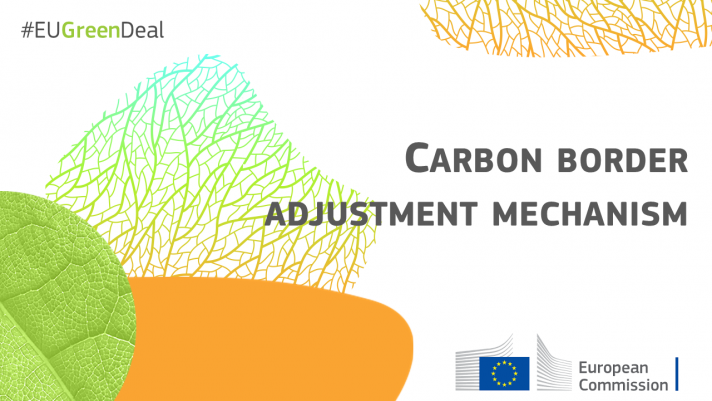

The independent commodity analyst CRU has published a new report for the European aluminium industry pointing out negative impacts of a wrongly designed Carbon Border Adjustment Measure (CBAM). According to CRU, if CBAM covers indirect emissions and removes existing carbon leakage measures, European aluminium smelters will become cost uncompetitive. The study contains the complexities of CBAM regulation and forecasts the aluminium production cost to rise by 24 to 31 per cent.

The report has strategically noted the impact of CBAM on primary aluminium and selected downstream products under individual scenarios. Given the unique challenges aluminium industry faces for being an energy-intensive production process, CRU report suggests an initial trial of CBAM on direct-emissions, as originally intended by the European Commission. The Commission had presented a proposal for Carbon Border Adjustment Measure about a year ago, aiming at addressing the risk of carbon leakage caused by asymmetrical climate policies of non-European countries.
“Our study reveals that under the current CBAM proposal, fossil fuel-based aluminium producers in third countries will pay less indirect carbon costs than European producers using decarbonised power because of the EU’s unique electricity market design. That’s why the inclusion of indirect emissions in a CBAM will not necessarily improve the competitiveness of European smelters. We also quantified and modelled the significant expected cost increases down the value chain for the most used aluminium semi-finished products,” said Zaid Aljanabi, Head of Aluminium at CRU consulting.
The study also shows primary aluminium imports for semi-fabrication might increase up to 43 per cent, incurring a loss of up to 77 per cent in case a large share of EU production is replaced. According to CRU’ reports, the current CBAM proposal can further destroy uniformity between European and non-European aluminium producers.
_0_0.jpg)
“The proposed amendments in the European Parliament to accelerate the inclusion of indirect emissions in the CBAM will have a destructive impact on the European aluminium value chain,” warned Paul Voss, Director General of European Aluminium. “While such initiatives are undoubtedly well-intentioned, their practical effect would be hugely damaging. The CBAM must be first tested and carefully reviewed before the inclusion of indirect emissions is considered. Ideally, this should be envisaged after 2030, when the European power grid is sufficiently decarbonised. Until then, we need to preserve, where applicable, existing national ETS compensation schemes, reinforce anti-circumvention measures to protect our competitiveness, and understand the real impact the CBAM has on downstream industries.”
Responses








